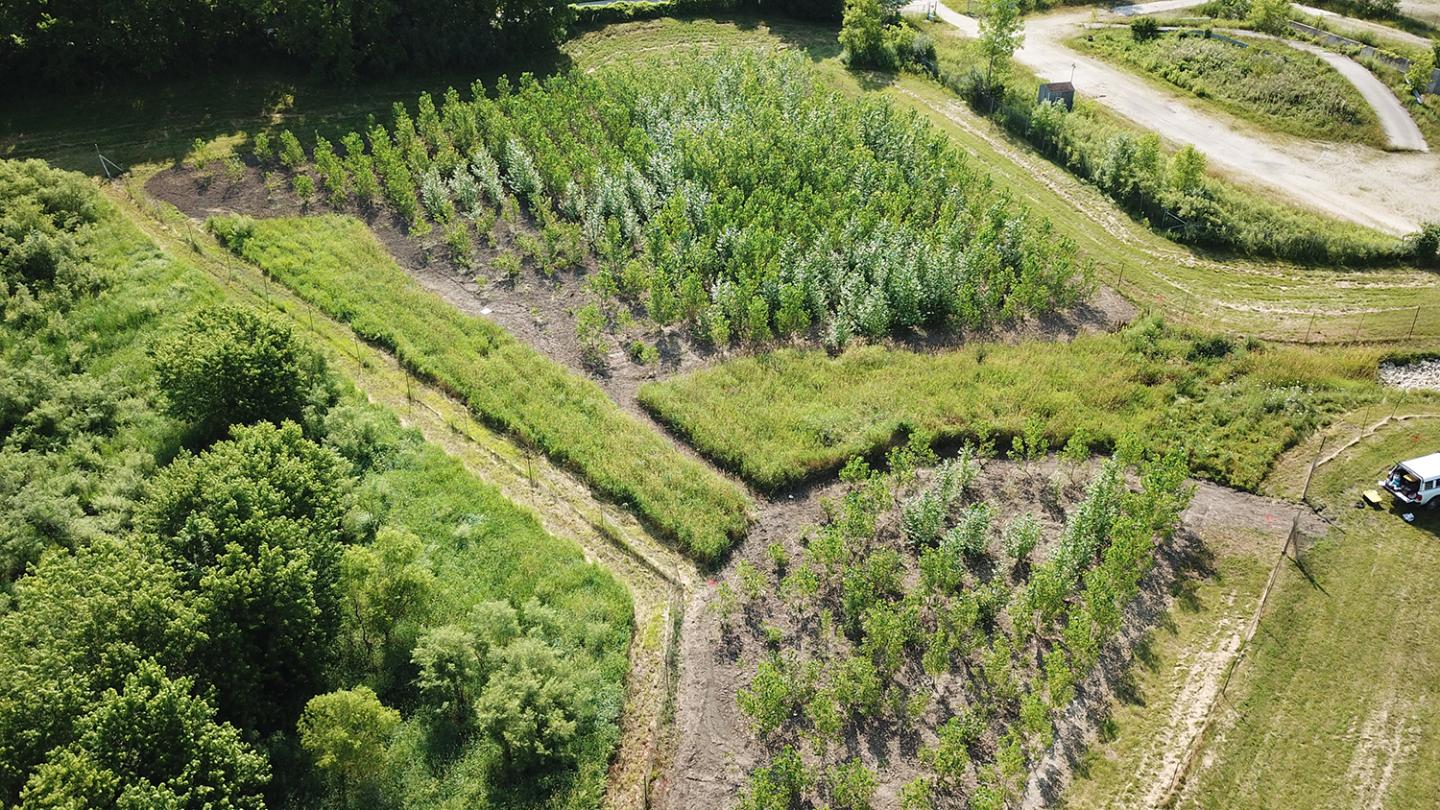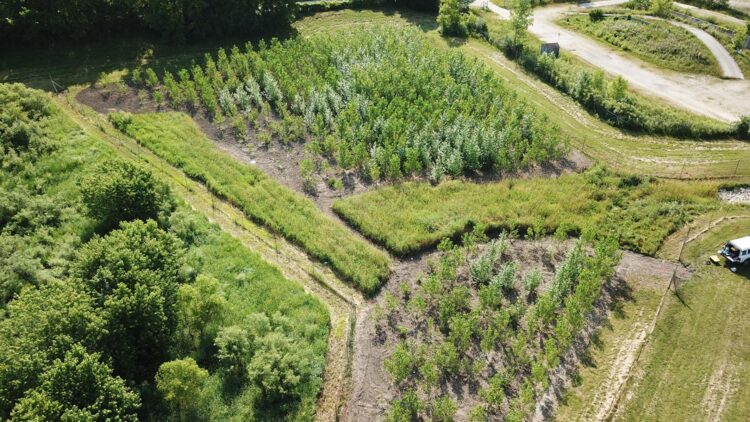
Credit: Paul Manley, Missouri University of Science and Technology; used with permission
Rhinelander, Wis., April 28, 2021– A research team from the USDA Forest Service and the University of Missouri has developed a new contaminant prioritization tool that has the potential to increase the effectiveness of environmental approaches to landfill clean-up.
Phytoremediation – an environmental approach in which trees and other plants are used to control leachate and treat polluted water and soil – hinges on matching the capability of different tree species with the types of contaminants present in soil and water. Identifying the worst contaminants within the dynamic conditions of a landfill has been challenging.
“Thousands of contaminants can be present in landfill leachate, and contamination can vary by location and over time, so it can be difficult to determine what needs to be, or even can be targeted with environmental remediation,” said Elizabeth Rogers, a USDA Forest Service Pathways intern and the lead author of the study. “This tool allows site managers to prioritize the most hazardous contaminants or customize the tool to address local concerns.”
Rogers and co-authors Ron Zalesny, Jr., a supervisory research plant geneticist with the Northern Research Station, and Chung-Ho Lin, a Research Associate Professor at the University of Missouri’s Center for Agroforestry, combined multiple sources of data to develop a pollutant prioritization tool that systematically prioritizes contaminants according to reported toxicity values. The study, “A systematic approach for prioritizing landfill pollutants based on toxicity: Applications and opportunities,” is available through the Northern Research Station at: https:/
Knowing which contaminants are the most hazardous allows scientists like Zalesny to better match trees and tree placement in landfills. “Phytoremediation research has focused on discovering which trees work best in particular soils and sites,” Zalesny said. “The ability to home in on specific contaminants will enhance phytoremediation outcomes.”
The pollutant prioritization tool allows for greater transparency on the benefits of phytoremediation. “When you know what you are targeting, you can provide better information to your community on how long remediation will take and how effective it is,” Lin said.
###
Media Contact
Jane Hodgins
[email protected]
Original Source
https:/
Related Journal Article
http://dx.





